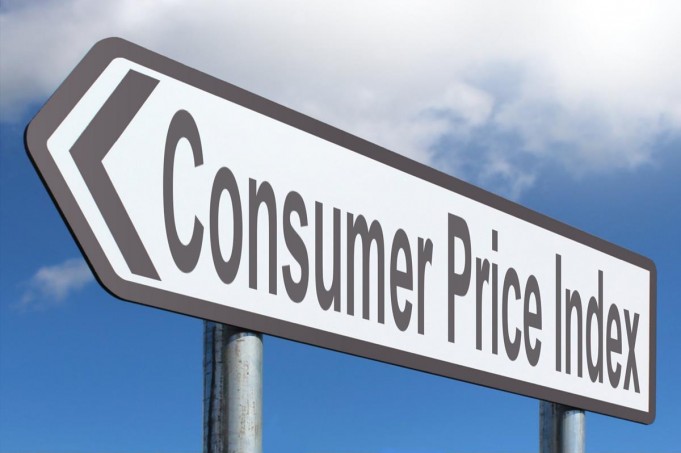Understanding Consumer Price Index and Inflation
We have all come across terms such as inflation, Consumer price index, deflation, etc. For someone who’s not very well accustomed to jargon in finance these, terms can often be confusing.
Consumer Price Index
The consumer price index is a broad measure, which is generally used to represent an economy’s consumption expenditure. The Consumer Price Index (CPI) is an index that is used across the globe to measure retail inflation. Another index Wholesale Price Index (WPI), is utilized in order to measure inflation rates in the wholesale category. To understand Consumer Price Index better, it is important to know about consumption expenditure.
The expenditure that is incurred by the households for goods and services contribute to final consumption expenditure. These goods and services are purchased for satisfying the needs and wants of the consumer. It also includes expenses for education, housing, and healthcare. The basket of goods that are used for measuring the Consumer Price Index includes a fixed list of goods and services. These include food, housing, healthcare, electronics and infrastructure, transportation, etc. Thus collected information can also be used to calculate the cost of living as well.
For approximating the changes in a basket of goods and services, that represents the consumption expenditure in an economy, the Consumer Price Index is used. This estimate is generated using the samples of products, whose prices are periodically collected. There are several sub-indices and sub-sub-indices. These sub-indices and sub-sub-indices fall under different categories and sub-categories of services and goods.
Agencies that calculate CPI
Almost every country has an agency that calculated the Consumer Price Index. For example, Statistics Canada publishes Canada’s Consumer Price Index, and Germany’s Consumer Price Index is calculated and published by the Statistical Office of Germany. The Bureau of Labor Statistics (BLS) is an organization that periodically calculates different consumer price indices in the United States of America. Over the last 100 years, the United States of America witnessed a huge hike in the Consumer Price Index. This swift increase was evident during recent decades especially. The Consumer Price Index amounted to 20.0 in 1920 whereas, in 2018, it amounted to 251.1.
Calculating Consumer Price Index
The Consumer Price Index is calculated by taking the Consumer Price Index of a base year. In the United States of America, the base year is set as 1982 – 1984 with a Consumer Price Index of 100. The formula that is used for calculating the Consumer Price Index is
CPI=(Cost of the Market Basket in Given Year / Cost of the Market Basket in Base Year) x 100%
If the Consumer Price Index is 110, it indicates a rise of 10 % in the overall market basket price. On the other hand, an index of 90 is an indicator of a 10 % reduction in the market basket price, with reference to the rate in the base year.
Consumer Prices and Inflation
The rate of increase in the average price level of goods and services in an economy over a period of time is known as inflation. A constant rise in Consumer Prices is an indicator of economic growth.









